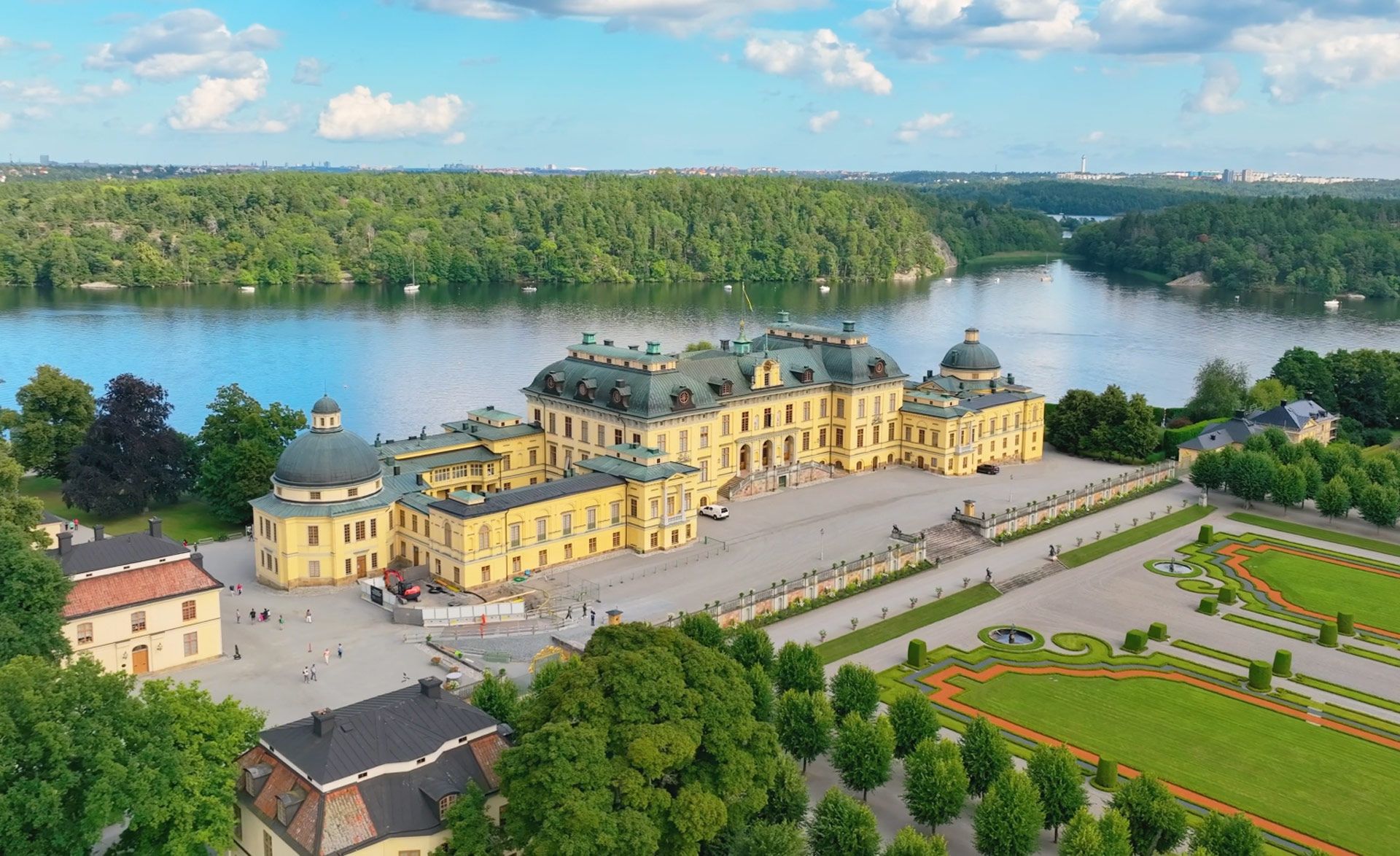Preserving History While Modernizing Infrastructure

Drottningholm Palace, Sweden
n the 1970s, the King and Queen of Sweden made the decision to move to the historic Drottningholm Palace. Originally constructed in the 1570s and rebuilt in the 1660s, the palace lacked modern sewer and water infrastructure. The palace required a complete overhaul of the existing systems without disturbing the culturally significant layers beneath the castle grounds.
Challenge:
The Drottningholm Palace project posed a unique challenge: how to modernize centuries-old infrastructure while preserving the integrity of the site’s historical and archaeological value. The existing system relied on gravity-fed flow to the nearby lake, and the layout of underground pipes, some dating back to the original build, was largely undocumented.
Solution:
The project team worked closely with the Swedish authorities to trace the flow of water and identify pipe design by using a non-invasive method that allowed them to map the system without excavation.
This approach helped determine optimal locations for pressure sewer stations, ensuring minimal disruption to the historical site. A total of 65 E/One pump stations were installed, each carefully placed to avoid disturbing archeological layers while providing reliable service. The project was completed in time for the royal family's move, marking a successful integration of modern technology into a heritage site. The E/One Sewer System remains fully operational today, along with subsequent phases that extended the infrastructure to the surrounding community.
- Overview
- Product Catalog
- Product Specifications
- Builders
- Engineers
- Municipalities
- Homeowners
- Knowledge Center
- Design Center
- Sales & Service
- Case Studies
- Rincon Point, California
- Mornington Peninsula, Australia
- Paradise Valley, Arizona
- Locke, California
- Brentwood, Tennessee
- Sacheen Lake, WA
- Flathead Lake, Bigfork, MT
- Big Lake, Skagit County, WA
- Perkins Pond, New Hampshire
- Bloomingdale, Georgia
- Peralta, New Mexico
- Martha's Vineyard, Mass
- Promontory, Park City, Utah
- Reynolds Lake Oconee, Georgia
- Dennis Port, Massachusetts
- Great Sky, Georgia
- Honea Path, South Carolina
- Knoxville, Tennessee
- Hilton Head, South Carolina
- Nashville, Tennessee
- Sweetwater Ranch, Texas
- Jerusalem, New York
- Fairfield Glade, Tennessee
- Florida Keys
- Kohanaiki, Hawaii
- Fallingwater, Pennsylvania
- Seven Lakes, Nova Scotia
- Port Orchard, Washington
- Confluence, PA
- Indianapolis, Marion County, IN
- Patchogue, NY
- Drottningholm, Sweden ›
- Norrtälje, Sweden ›
- Kitö Island, Finland ›
- Article Reprints
- Request More Information
- Distributor Connection
- ISO 9001:2015